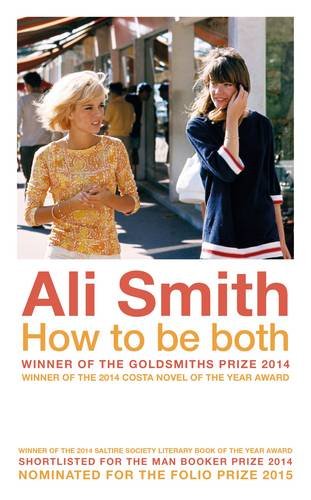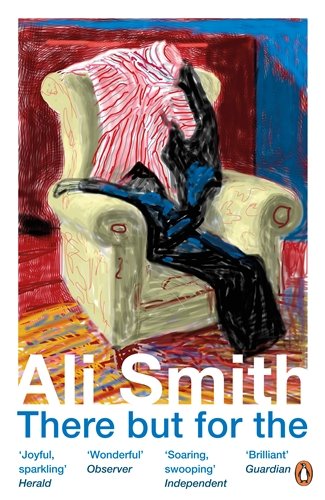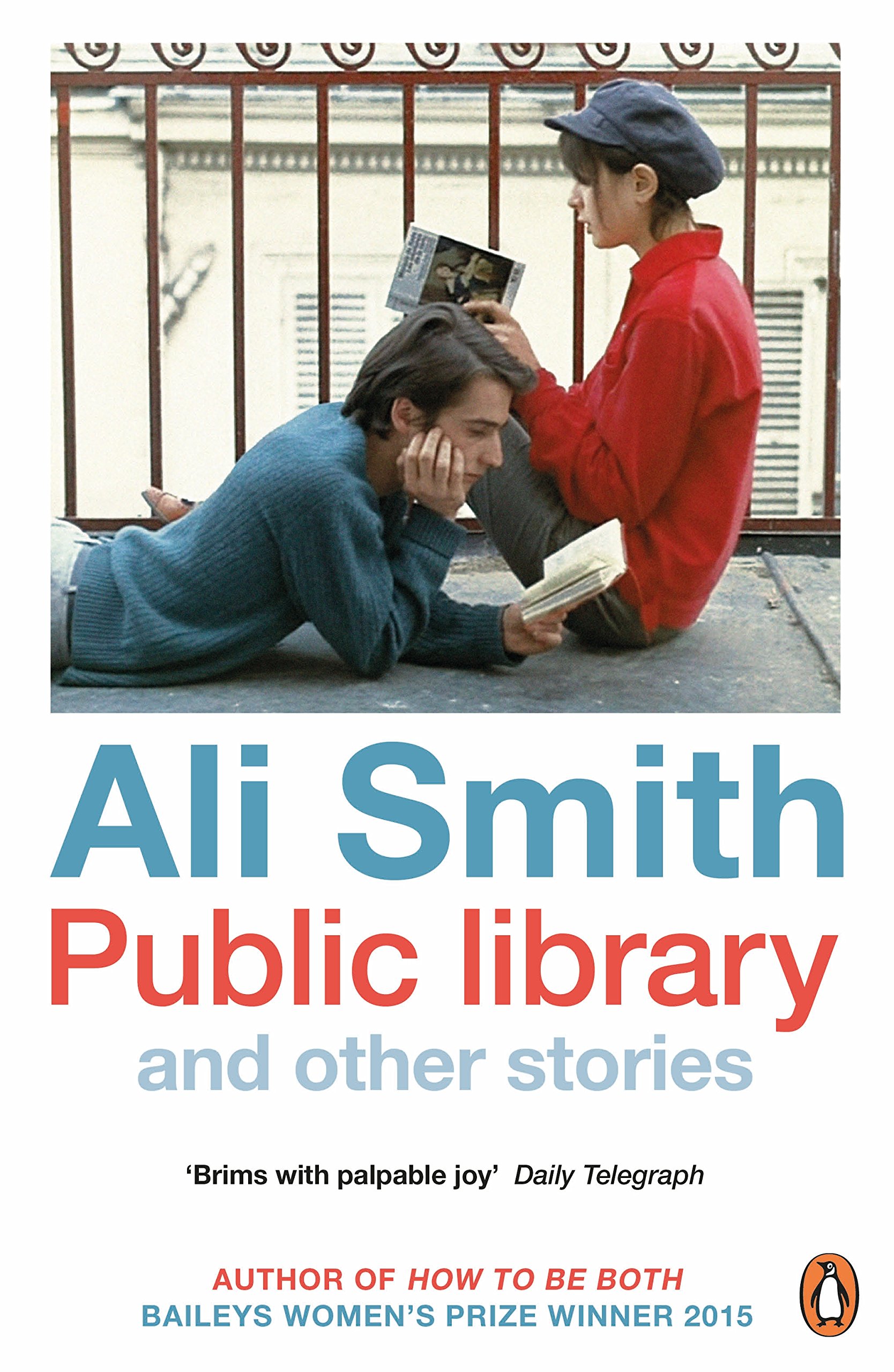Rachel Kneebone nominated the writer Ali Smith:
Whenever I am making a sculpture and I hit a point of uncertainty about what it wants next/what the next step wants to be, to be concise: when I am stuck and I’m not sure what to do, there is a strategy/technique I employ. I move myself, or I move the work to a new place, in the studio, and look again, experience the same work from a changed position. To view the same thing but from a different perspective/space, and I see/know it refreshed (and am unlocked- ‘unstuck’).
I have chosen Ali Smith as my inspiration.
The act of beginning to read a work of Ali Smith is to make this movement, to change perspective of what is familiar and known. To experience the world from a different place and register what you know as new. Whenever I read Ali’s work, I often have the sensation of feeling I know that (to be true/to be how things are) but I didn’t know you could say it like that, that those were the words to use and in that order to make that sense. To me this is a form of magic, a renewal of the world of how things are without making it alien or strange. Like a freedom to experience what is true that comes only from being grounded in reality. A permission to reinvent, renew, to form a new order/meaning, out of the known. Fresh eyes.
I think Ali is a pioneer. Through writing she makes a space, opens things up for us to inhabit. It’s about looking, active not passive.
“Whenever I read Ali’s work, I often have the sensation of feeling I know that (to be true/to be how things are) but I didn’t know you could say it like that, that those were the words to use and in that order to make that sense.”
Ali’s writing is a reminder that there is always another way, another approach to what you consider ‘known’. Reading a book creates a space. The book is in your hands, and it imposes a distance through a narrative. You are reading ‘about’ something. But by being at arm’s length you come closer to it, as it is carried from your hands to your eyes to mind. In this active movement reading becomes a physical experience.
Some of this is about form, how words are set out on the page, the scale of the letters, capitals and lower case, moving one to the other, emphasis, zooming in being pushed back. And speed, some pages have fewer words – quicker to read. Some are densely packed, pace is slowed. Sometimes the text snakes across or spirals upon it, how to occupy space on a page. There is a physicality to language and words.
However, form and content are not isolated, how you say things makes the meaning. There is an authenticity and integrity to both, from and through making, constructing and building words as a raw material. Like clay.
A process of linking, collisions, a collage made from bolting things together whilst setting them free. This makes what is ‘experimental’ feel ‘proven’ from/by the act of writing. It is about doing. There is an expectation that to ‘write it down’ means to fix it, make it static, Ali shows that things are never fixed or static, but always moving, in a state of flux.
Work by Ali Smith:



